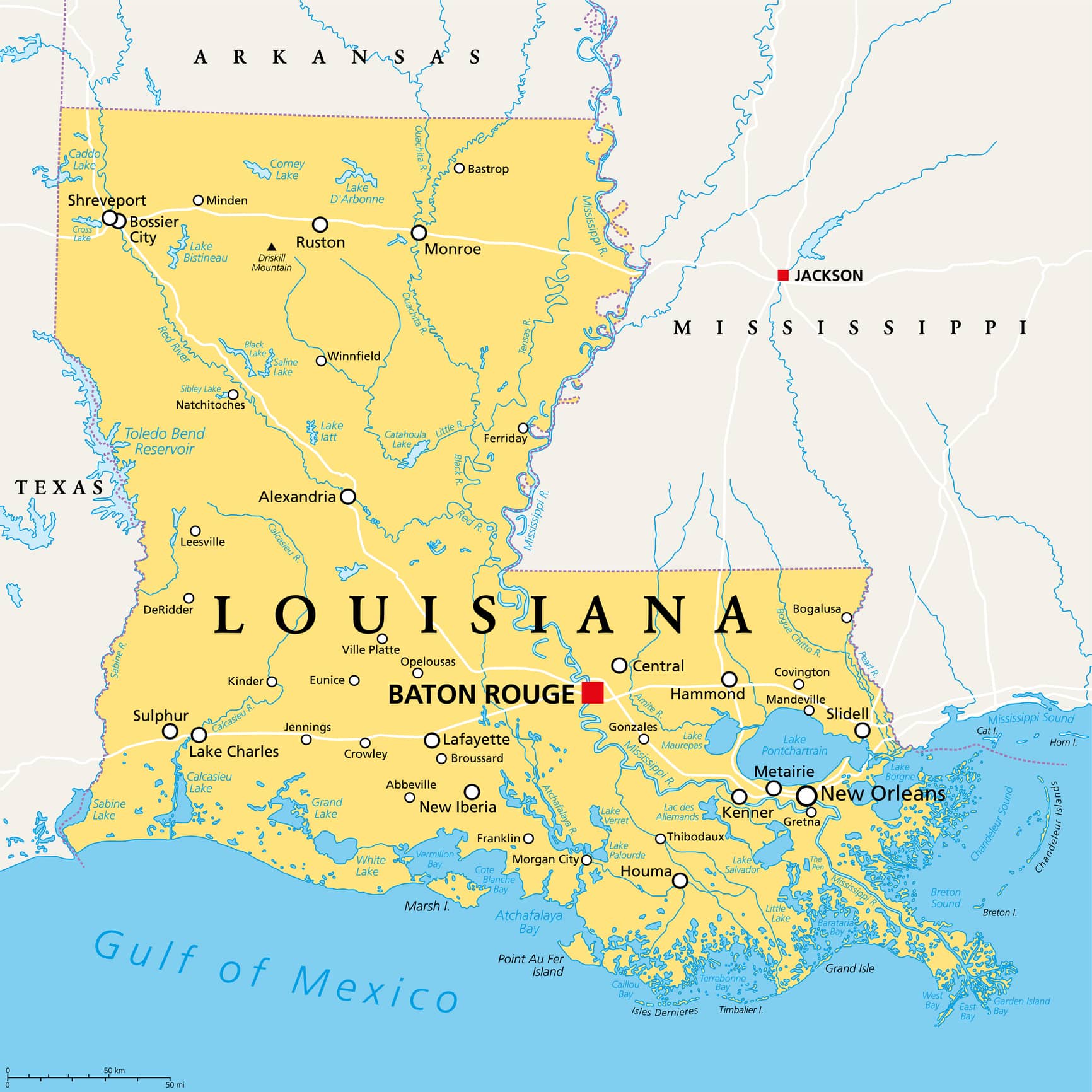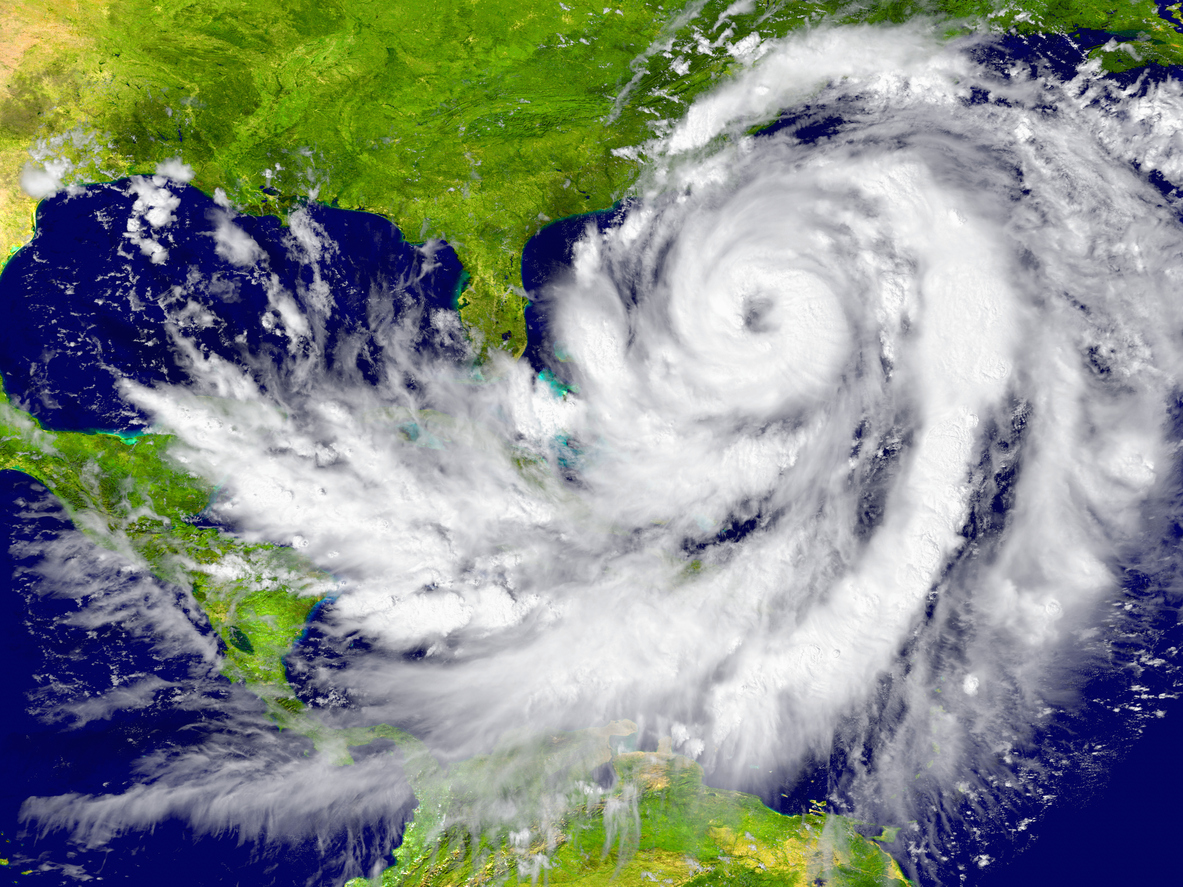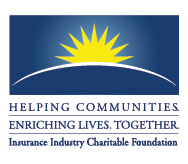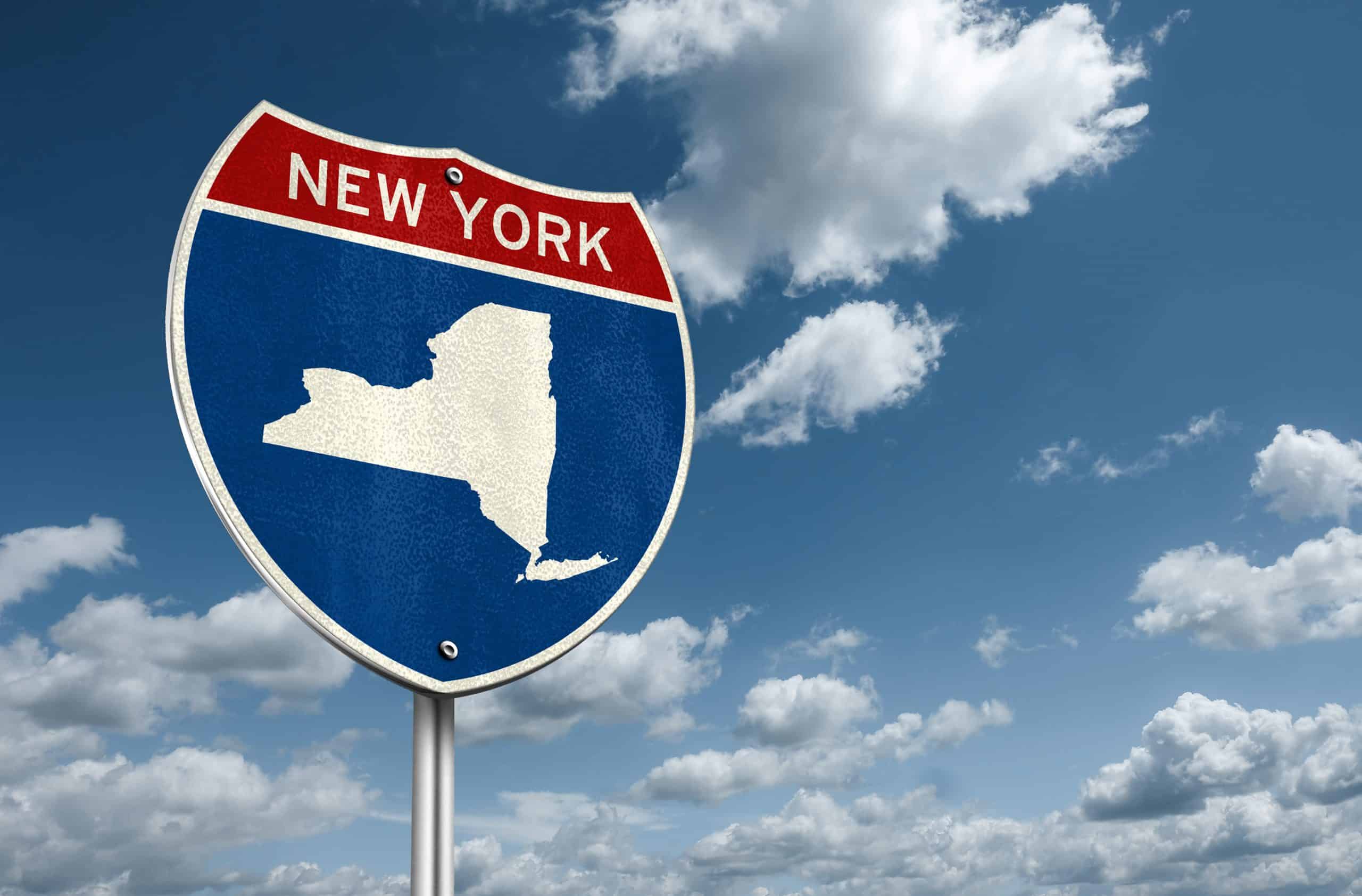Search Blogs

May 9, 2024
Risk Professionals Take on Emergent AI, Climate Change and Global Conflict
Experts see a deteriorating risk landscape, with most reporting a negative outlook that is expected to worsen over the next decade, according to the World Economic Forum’s Global Risks Report 2024.
The problems, though vexing, aren’t intractable. About 10,000 risk managers and experts met this week in San Diego for the annual Riskworld conference put on by trade association RIMS to discuss the industry’s most pressing issues. The Wall Street Journal’s Risk & Compliance Journal caught up with some top experts to learn what they are advising businesses. Some responses have been edited for clarity.
Generative AIMany businesses, if not committing to generative AI, are at least flirting with it. But in the rush to adopt, they likely are missing some of the less obvious risks that the technology poses, including models that might push out biased information or be inadvertently built with copyrighted intellectual property.
“AI is dominating the landscape. Where we are right now is the automobile before the seat belt. This is a new dimension that I don’t think a lot of our clients have had thought about.
“The questions that are really coming up with our clients right now that we weren’t hearing a year ago on this are on truly appreciating the liability associated with AI. Whether that’s IP infringement because the training data is from a third party, or whether the training data might be bad and you’re making bad decisions off of that. I don’t think there’s enough discussion about those sets of risks.” —Reid Sawyer, head of U.S. cyber risk consulting for insurance broker and risk adviser Marsh
“Gen AI is topical right now. But at the same time, it’s a risk like any other risks and so our same principles apply. Our CEO once joked, ‘There was a day where the wheel was an emerging risk.’ There are unique risks that gen AI causes and represents, but there are so many benefits that it’s not going away. Organizations need to manage that.“A lot of organizations are in various states of transitioning to cloud computing and various sources of how they structure their data. To really maximize the impact of gen AI, you need to have quality data in large quantities that’s easily accessible. For many organizations, that is a risk because they are trying to do all these applications while also trying to navigate a data journey.” —Lauren Finnis, head of commercial lines insurance consulting and technology for North America at insurance broker WTW
Geopolitical tensionThe combination of China-U. S. friction, the Ukraine-Russia war and conflict in the Middle East has kept multinational businesses on their toes. Persistent Houthi attacks in the Red Sea have raised supply-chain worries. Some businesses are finding political risk insurance more difficult to obtain. Insurance policies that cover cyberattacks might not pay if the attack occurs in the context of a war, one expert warned.
“We saw how vulnerable supply chains can be to a shock. That is causing companies to rethink that and to make them more resilient and less dependent on China. Supply chains generally are a topic of discussion that they haven’t been for a while.
“Insurers are being more careful about the size of political risk they’ll take in and around China and Taiwan. Political risk insurance can be written for up to 10 years. Writing an insurance policy for 10 years in Taiwan is a slightly different matter than it might have been a decade ago when the geopolitical situation didn’t seem quite as precarious.” —Adrian Cox, chief executive for London-based specialty insurer and reinsurer Beazley
“One of the biggest problems we’ve had this past year in the cyber insurance community has been the war exclusion. There were several sovereign states that actively promoted hacking, ransomware, all that bad stuff. There is a war exclusion in cyber policies, but that doesn’t mean that they’re not going to cover the nation-state action.
“But it does add a wrinkle. What’s going on in Ukraine, what’s going on in the Middle East certainly could ripple back into cyber insurance and create an interesting discussion.” —Bob Parisi, head of cyber solutions (North America) for German insurer Munich Re
Climate riskMore organizations are beginning to appreciate the risks posed by climate change, and working to adapt. Climate scientists have long pushed changes in building and site design as a way to grapple with the physical risks of climate events, a message some experts are taking to businesses. In addition to protecting facilities from loss, resilient businesses can also avoid losing market share during down times.
“We are definitely seeing an uptick in organizations recognizing that climate risks are here to stay and they’re becoming more intense. They really want to do what they can to keep their business resilient, their infrastructure resilient and just keep operating.
“Organizations are looking to build their sustainability strategies. They’re using different construction materials and different construction methods. They realize that they can’t insure their way out of some of this risk. There’s a physical risk, there’s the business continuity risk—it’s also a reputational risk. If you’re not able to ride through, your customers are going to go somewhere else.“We’re also starting to use AI to understand risks: Identify which locations are exposed, identify what the risk is and quantify that risk using technology.” —Jessica Waters, manager of climate and structural resilience at commercial insurer FM Global

May 9, 2024
Pfizer Agrees to Settle Over 10,000 Zantac Lawsuits

May 9, 2024
Louisiana Governor Signs Insurance Crisis Bills into Law

May 9, 2024
NAMIC Applauds Pause to Fannie Mae, Freddie Mac Guidance Changes

May 9, 2024
Munich Re Q1 Net Income Soars on Rates Despite Bridge Event
First-quarter net result rose to €2.14 billion ($2.30 billion) from €1.27 billion a year ago. Insurance revenue from insurance contracts issued rose to €15.06 billion from €14.27 billion, attributed mainly to organic growth in the reinsurance segment and at primary insurer Ergo International.
"We still expect to generate a profit of €5 billion in 2024," Jurecka said. "In fact, it has become more likely that we will surpass that target."
The group earlier reported a preliminary first-quarter net profit of about €2.1 billion, ahead of expectations. Operational performance in all lines of business is better than expected for the full year in 2024, the reinsurer said at the time.
The property/casualty reinsurance combined ratio improved to 75.3 from 86.5. The segment's net result nearly doubled, Munich Re said.Major losses in excess of €30 million fell to €650 million from €1.04 billion a year ago, including gains and losses from the runoff of major losses from previous years, the group said. Major-loss expenditure corresponded to 9.9% of net insurance revenue, down from 16.4% and "far below the expected average of 14%," Munich Re said.
Man-made major losses rose to €418 million from €165 million. The largest individual loss was the collapse of the Francis Scott Key Bridge in Baltimore.
The group doesn't give specific figures for either its own loss or that of the market from the Baltimore disaster due to the complicated assessment of the event, a spokesperson told BestWire.Major losses from natural catastrophes fell to €232 million from €870 million, taking into account the effects of discounting and risk adjustment, Munich Re said.
In April 1 reinsurance renewals, Munich Re said it increased the volume of business written 6.1% to €2.6 billion.
"The company selectively exploited the ongoing favorable market conditions to expand attractive business, with growth opportunities being realized particularly in India, Latin America and Europe," Munich Re said. "These involved both strengthening existing client relationships and establishing new ones." The group said price development was stable overall and mostly compensated for higher loss estimates in some areas, that were mainly attributable to inflation and other loss trends. Primary insurance prices rose in many markets and Munich Re said it benefited from proportional reinsurance contracts. Market pressure rose slightly but Munich Re said it expects the environment to remain positive for July renewals. Life/health reinsurance generated a higher technical result on strong growth new business and revenue, Munich Re said. For the Ergo primary insurance segment, the net result and insurance revenue rose as revenue was driven by the international segment, Munich Re said. Ergo International's profit gained on profitable growth, good major-loss experience and strong P/C performance, the group said. The segment also saw good underwriting performance in its L/H business. Underwriting entities of Munich Reinsurance Co. have current Best's Financial Strength Ratings of A++ (Superior) and A+ (Superior).
May 8, 2024
Pricier Insurance Makes Sense as Climate Risk Grows, Chubb CEO Says
Surging insurance premiums in regions vulnerable to climate change make sense, and government efforts to hold back those increases won’t work in the long term, Chubb Chief Executive Evan Greenberg said.
U.S. states themselves are driving a crisis of insurance availability by blocking insurers from pricing climate change into policies, Greenberg said on Tuesday in San Diego at the RIMS Riskworld conference, an annual gathering of about 10,000 risk and insurance professionals.
“Climate change is sending price signals. Society will not adjust its behavior to the change of climate just because people talk about it,” Greenberg said. “We’re sending price signals very rationally. That starts driving behaviors.”
Americans and businesses across the country have seen insurance become far more expensive—in some cases nearly impossible to obtain—particularly in areas exposed to wildfire, floods and other damaging weather. Zurich-based Chubb, one of the most important insurers in the U.S., has been on the front lines of the issue.
California and other jurisdictions are trying to “deny” the ability to charge the “right price” for risk, said Greenberg. Several large carriers have stopped writing new policies in California, with the industry blaming state policies that block insurers from using forward-looking climate-risk models to set prices.
The state is working on changing its regulations. California Insurance Commissioner Ricardo Lara didn’t immediately respond to a request for comment.
Insurers have shelled out billions of dollars in recent years as losses from wildfires and other climate-related events have piled up. The industry isn’t ultimately to blame for affordability problems, Greenberg stated.
“We haven’t told people to live in a high-wildfire zone, and we haven’t told them to build magnificent homes in a wildfire zone,” Greenberg said. “I’m willing to insure them if I can charge the right price for the risk.”
In trying to keep rates down, states are effectively attempting to blunt price signals, Greenberg said. But the net effect is that insurers will stop writing policies—leaving taxpayers on the hook for the risk, he added. Florida, California and Louisiana have all seen policyholders flock to state-backed insurance plans that are meant to be a last resort.
Many jurisdictions are adopting policies that aren’t sustainable, Greenberg said.
“The cost of climate change, to state the obvious: Going up,” he said. “This is not a short-term thing that’s going to go away.”

May 8, 2024
Agents Cite Market Stress, Carrier Preferences in Channel Harvest Survey
Channel Harvest Research has completed its 17th annual national survey of independent agents and brokers, with a focus on how they’ve been managing the hard market in property-casualty insurance. More than 1,600 agency owners, producers and customer service representatives responded to this year’s survey conducted by Channel Harvest, a division of Aartrijk.
Developed in collaboration with partner insurance carriers, the 2024 Channel Harvest study asks agents what they need in a carrier relationship and why they prefer to work with certain companies. Respondents also rank specific carriers on a variety of performance metrics.
This year’s findings also include insights on the following:
• Hard market challenges: How is the hard market affecting agencies? Many respondents say this is the toughest market they have experienced, particularly in personal lines, with rising prices and limited coverage availability. Top reasons for customer loss include new carrier restrictions, non-renewals and customers finding lower premiums elsewhere.
• Revenue growth versus policies in force: Three-quarters of respondents reported revenue growth in the past year; however, only 50% saw growth in policies in force. Alarmingly, one in five agencies experienced a net loss of policies in force.
• Digital adoption: While half of the surveyed agencies enable customers to text them directly, the adoption of self-service portals, apps and real-time quoting or binding remains relatively low.
• Importance of in-person visits: Although in-person visits from carrier field representatives remain important to nearly half of agents, there is a notable increase in those who do not consider such visits essential.
Channel Harvest provides insurers with a unique, third-party, objective lens. Carriers use the detail to benchmark what they already may believe about their agent distribution and to gather insight into relevant subject areas. Insurers interested in participating in this survey may contact Dave Evans, Aartrijk strategist and senior associate, at dave.evans@Aartrijk.com or 703.304.3540.
About Aartrijk Aartrijk is a branding and marketing-communications firm dedicated to the insurance industry, with a specialty in the independent agent channel. Its partners include carriers and managing general agencies, insurtechs, service providers, trade associations, user groups, educators and media companies. Celebrating its 25th year in 2024, the firm offers customer and business partner research, brand strategy, visual identity development, digital marketing, advertising and sponsorship programs, media relations and content development. Visit Aartrijk.com.

May 8, 2024
Triple-I Stresses Preparedness for ‘Very Active’ 2024 Atlantic Hurricane Season

May 8, 2024
Southwest Florida May Keep Flood Insurance Discounts As FEMA Reevaluates

May 8, 2024
Travelers Insurance Raising California Home Rates by 15% on Average

May 8, 2024
IICF’s Blazing the Trail Gala Raises $560,000 for Midwest Nonprofit Partners

May 7, 2024












